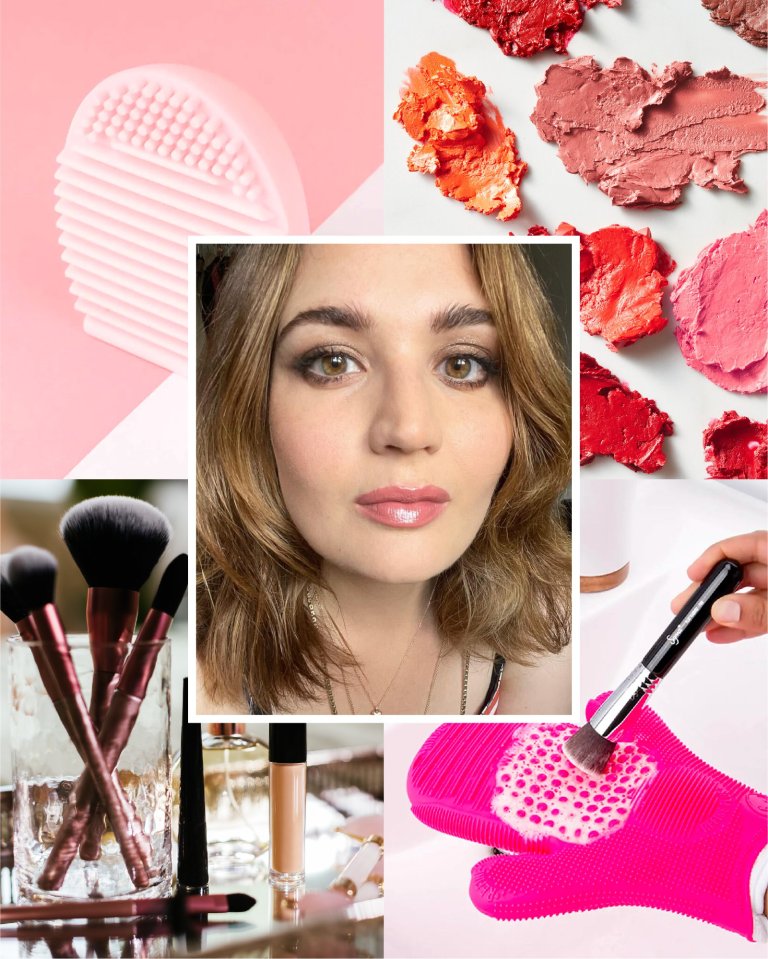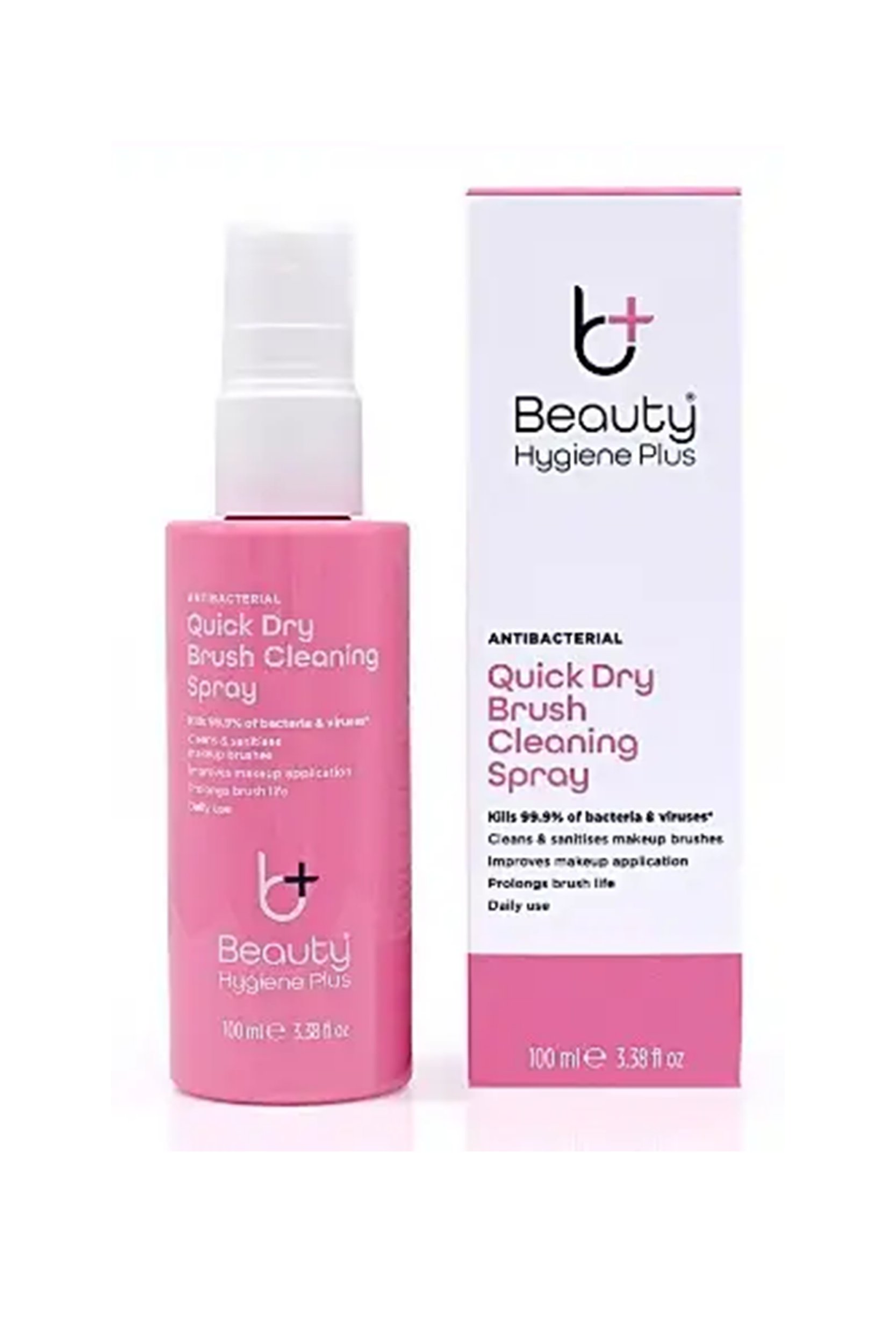Whether it’s how to remove fake tan like a pro or apply false lashes with ease, According To A Millennial brings you expert advice, direct from the coolest beauty millennials.
When I’m on set doing makeup, I have a very clear system to keep clean brushes separate from dirty ones. Clean ones sit in the brush pot, and, once I’ve used them, I put them in a separate pot for the particular model I’ve made up for touch ups.
There is no room for error on this; mixing up brushes is unacceptable and unhygienic, and a makeup artist’s kit should always be fastidiously clean.
At the end of the day, I put all the used brushes in a separate bag to transport them home, before setting about the task of washing them (thank god for podcasts to keep me company during this rather long task).
It’s probably obvious why this is just considered to be standard among makeup professionals working on different faces for hygiene reasons – but I’m also an advocate of washing brushes at home after each use. In short, I’m here to tell you that you need to do exactly the same. Bear with me…
Why should you wash your makeup brushes often?
My logic is this: yes, you may reason that you’ll only be putting your own bacteria and sweat back onto your face after using them, but leave all that on a brush with makeup, and it multiplies, making it a potential hotbed of bacteria which you then transfer to your face next time you put makeup on. Hello spots and irritation.
On top of that, brushes stop working as well when they’re dirty, so if you want your makeup to apply smoothly and for the colours to be true, a clean brush is the way to go.
If this sounds like it’s going to be a bit of a pain, it really isn’t; it doesn’t take long and just slots into my week like brushing my teeth or stretching in the morning do. There’s no denying that sticking to it becomes a lot easier, though, when you have the right kit and a system in place to make sure all dirty brushes get cleaned.
Top tips for how to keep your makeup brushes clean
1) Keep a pot on your makeup desk for used brushes
This is the easiest way to keep track of how many dirty – and clean – brushes I’ve got, and acts as a reminder to wash them when it’s starting to look crowded. I generally find I need to wash mine once or twice a week, depending on how often I’ve done makeup.
2) Use a glove or brush cleaning palette to help the process
A rubber makeup cleaning glove makes the process so much easier. First, it stops your hands from drying out too much under soapy water, and it also makes getting a brush clean much quicker and easier thanks to the rubbery textured sections, which help dislodge dirt and grease.
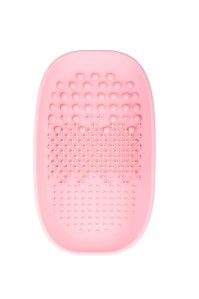
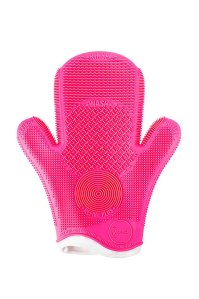
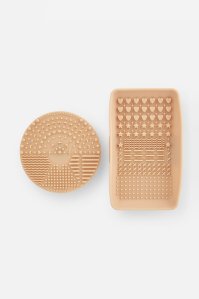
*Eliza may earn commission on sales from these product links
3) Use a really good liquid soap
Ideally, you want something which foams up enough to get right into the middle of the brush. I have never had much success with gimmicky formulas for this, and find the below three work the best:
Dr Bronner’s Organic Castile Liquid Soap, £12.75, FeelUnique cleans brushes in a jiffy, and is really good at removing grease, so get your hands on it if you are likely to clean a lot of brushes full of foundation or waxy formulas which are harder to lift.
Arguably you could use any gentle shampoo to clean brushes, but I have found Charles Worthington Everyday Gentle Micellar Shampoo, £5.99, Boots leaves my brushes really clean, smelling fresh, and quickly lifts grime, making it the perfect all rounder.
If I don’t have any of the above around, I turn to good old reliable Fairy Liquid, £1.75, Sainsburys, which does the job well and never leaves brush hairs feeling dry.
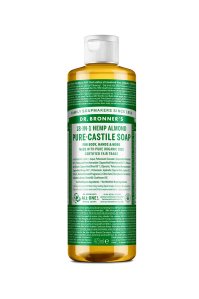


*Eliza may earn commission on sales from these product links
4) Stick to this technique
I start by running the tap to lukewarm water, then pour a little of whichever cleaning liquid I’m using onto the rubber mitt. Next, I pop the dirty brush under the tap to wet it before swirling it in the cleaning liquid gently – the aim is to saturate the brush fibres with cleaning liquid, and massage it gently without bristles coming loose.
I then run the brush under the water and swirl it on the mitt until no suds or makeup is left on any of the brush hairs.
Finally, squeeze the damp brush in a towel or flannel to absorb excess water, make sure the bristles are sitting neatly and uniformly, and pop it on a shelf with the brush part coming off the edge so air can circulate around it to help it dry.
5) Keep a bottle of this next to your makeup
Realistically, there won’t always be time to wash brushes properly – which is where brush-sanitising sprays can be a godsend.
I love the Beauty Hygiene Plus Makeup Brush Cleaning Spray, £10, Beautyhygieneplus, which you just spray on a brush before gently rubbing it on a tissue to clean.
